In the summer, we had big floods up here, worse floods than anyone in this village could remember. It was, apparently, a once in fifty years event.
Now: we’ve got floods again, six months later. Maybe not a once in fifty years event, true, but let’s say (for the sake of argument) that this is a once-in-twenty-five year flood.
Maths time: in any 6 months, your chance of having a 1-in-50 year flood is 1/100. 1/50 for the more likely 25-year flood. The chance of having both, though, is those numbers multiplied together. 1 in 5000. Which doesn’t, at face value, look like a particularly big number; but that’s because we’re not great at judging magnitude. Something that has that chance of happening within 6 months should, on average, have happened once in the last 2,500 years. That’s once, since the start of the Iron Age.*
The problem with probability, though, is that you can’t say: this will definitely only happen once. It could happen three times within a week,** and still be within the bounds of probability. It could still happen, within the rules of our simple model; it is just highly unlikely to happen. If it does, you’ve just seen something amazing, but it doesn’t necessarily mean that your starting figures are off. On the other hand: if something happens that, according to your figures, is highly unlikely, it does make more sense sometimes to decide that the numbers you’re basing your statistics on are out of date. Suddenly, big floods aren’t rare any more.
* slightly more than once, to be honest, because the Iron Age started about 2,700 years ago.
** Hull was flooded twice, 14 days apart, in summer 2007. Some of the floodwaters in unimportant places, such as verges and parks, still hadn’t drained from the first flood when the second (and worse) flood came. That, though, means that normal “multiply the two numbers together” probabilities don’t work. The two floods weren’t independent of each other, because of all that water lying about, so the probability of the second was rather lower than it would have been.
Keyword noise: climate change, flooding, Hull, probability, rain, statistics, weather.

 Home
Home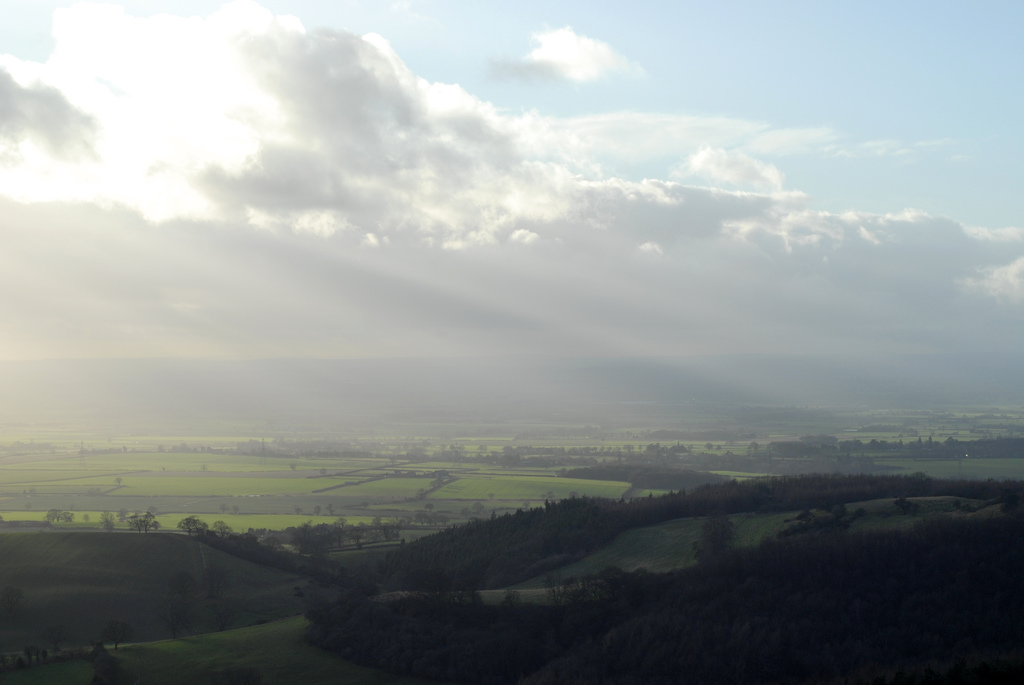
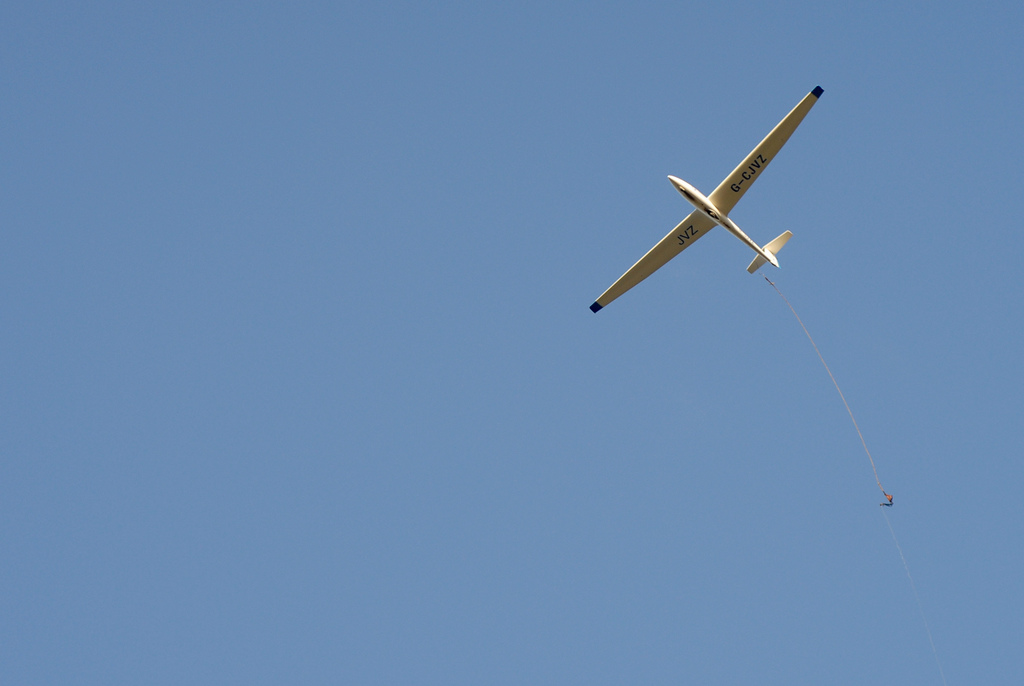
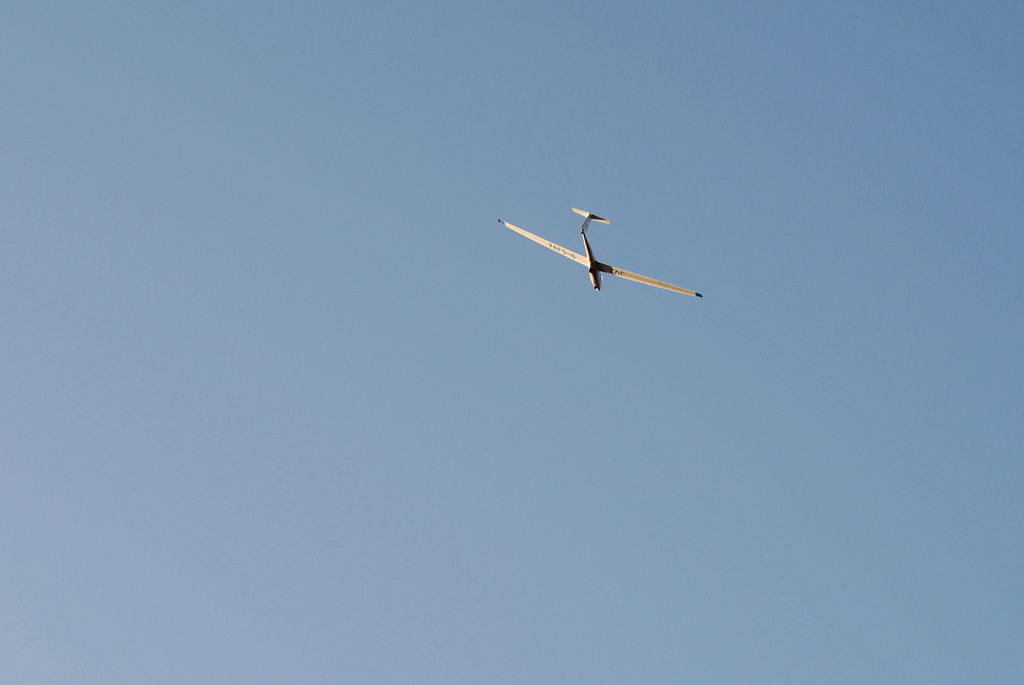
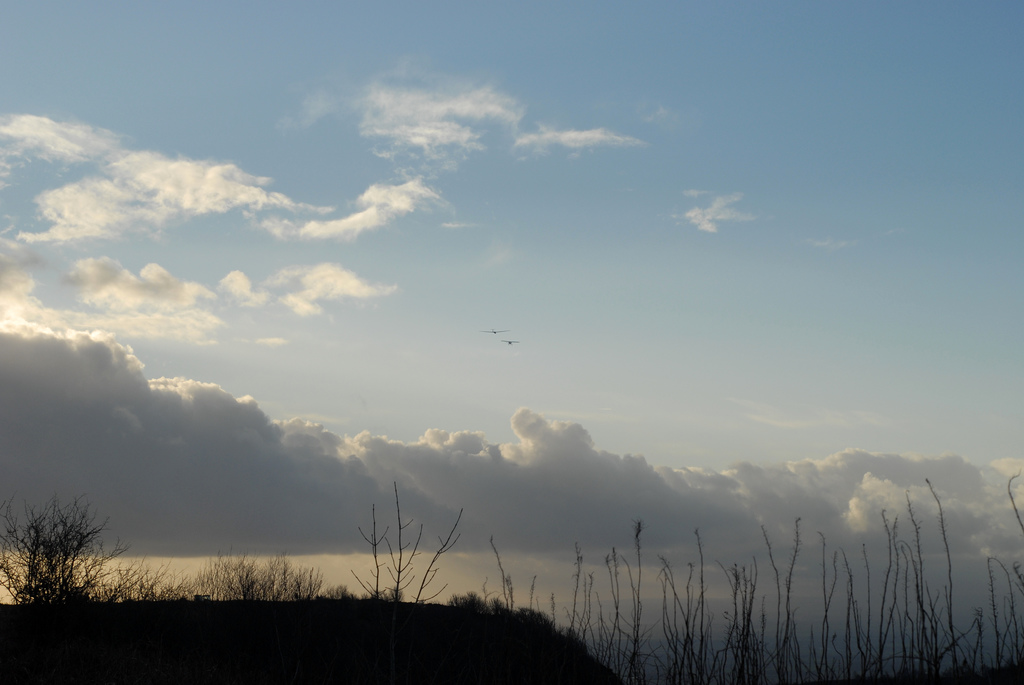
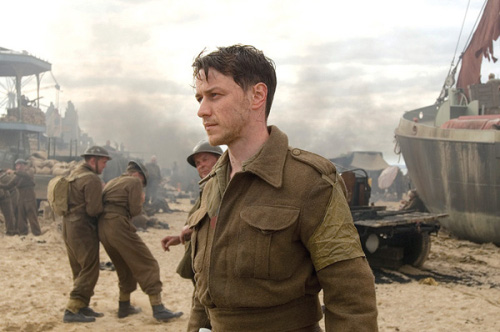
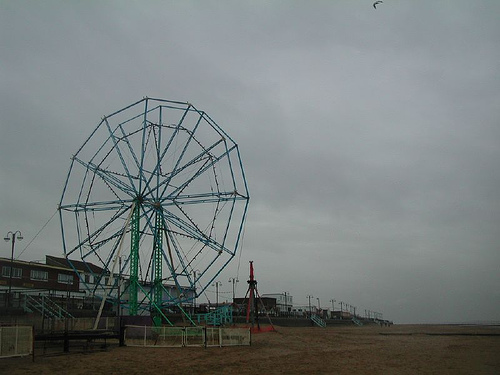
 Newer posts »
Newer posts »